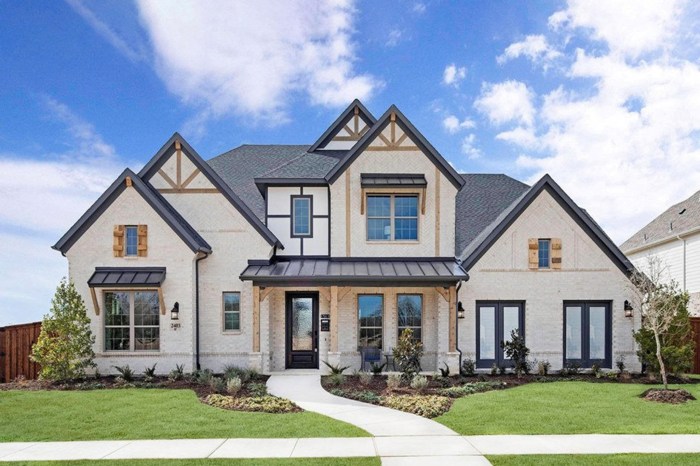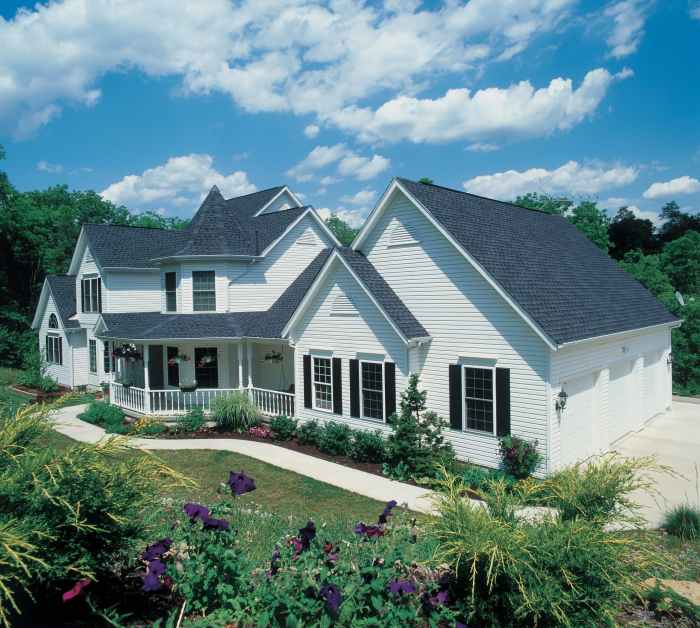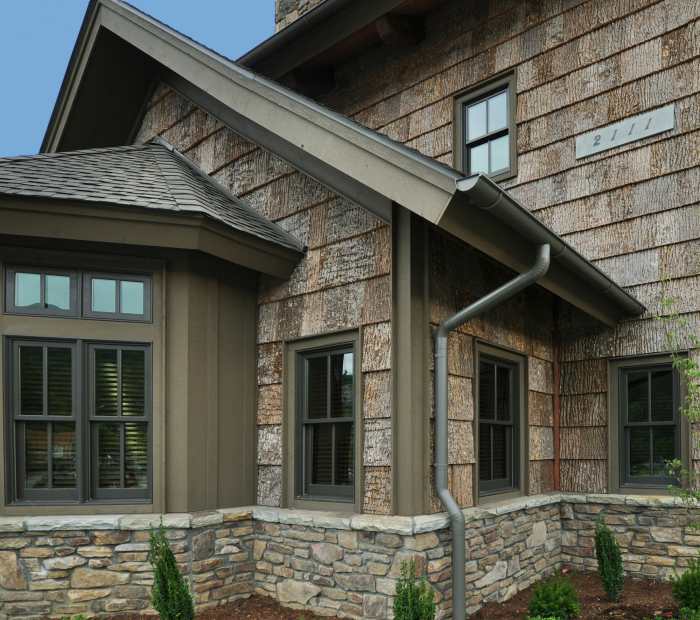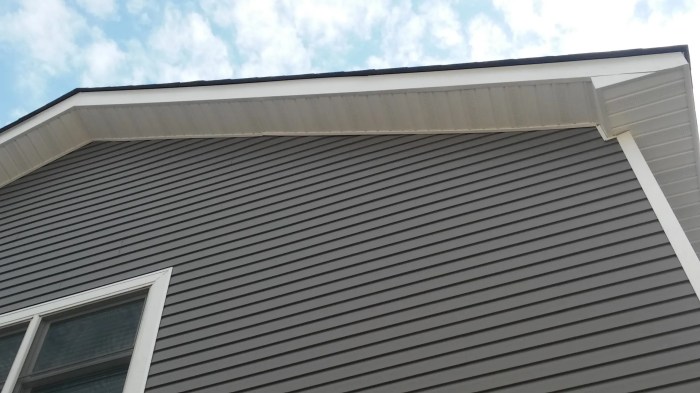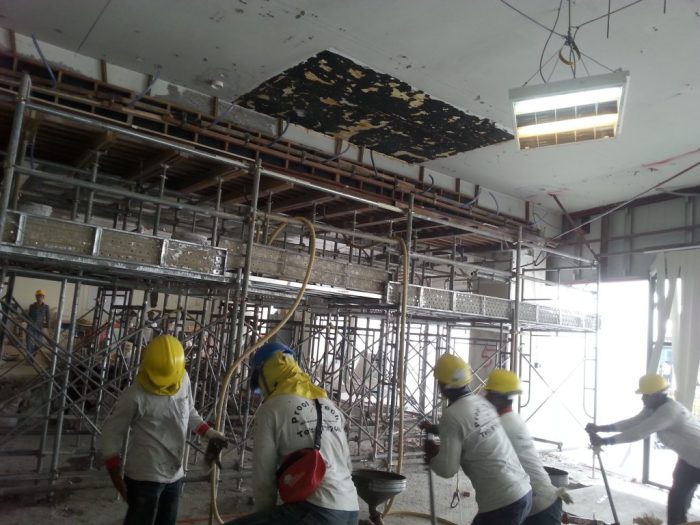Choosing the Best Siding Contractors Near Me
When it comes to finding reliable siding contractors near me, the search can often be overwhelming. From exploring different siding materials to understanding the importance of hiring the right contractor, this topic delves into the essential aspects of siding installation and maintenance.
As we navigate through the intricacies of siding projects, let's uncover the key elements that can make or break your siding experience, ensuring a smooth and successful home improvement journey.
Researching Siding Contractors
When looking for siding contractors in your area, it's important to do thorough research to ensure you hire a reliable and skilled professional for the job.
Finding Siding Contractors in a Specific Location
- Start by asking for recommendations from friends, family, or neighbors who have recently had siding work done.
- Use online search engines and directories to find local siding contractors in your area.
- Check websites and social media pages of siding companies to learn more about their services and reputation.
Reading Reviews and Recommendations
- Look for online reviews on platforms like Google, Yelp, or Angie's List to see what previous customers have to say about the contractor.
- Consider reaching out to the contractor for references from past clients to get a firsthand account of their work quality.
Checking Licensing and Insurance
- Verify that the siding contractor is licensed to work in your area to ensure they meet the necessary requirements and standards.
- Ask for proof of insurance, including liability and worker's compensation, to protect yourself from any potential accidents or damage during the project.
Types of Siding Materials
When it comes to choosing the right siding material for your home, there are several options available, each with its own unique characteristics. Let's compare and contrast different siding materials like vinyl, wood, fiber cement, and metal to help you make an informed decision.
Vinyl Siding
Vinyl siding is a popular choice due to its affordability and low maintenance requirements. It comes in a variety of colors and styles, making it versatile for different aesthetics. However, vinyl siding may crack or fade over time, and it is not as durable as other materials.
Wood Siding
Wood siding offers a natural and timeless look to your home. It can be painted or stained in various colors for a custom appearance. While wood siding is durable and has a high aesthetic appeal, it requires regular maintenance such as painting or staining to prevent rotting or warping.
Fiber Cement Siding
Fiber cement siding is a durable and low-maintenance option that can mimic the look of wood or stucco. It is resistant to fire, rot, and pests, making it a long-lasting choice for homeowners. However, fiber cement siding can be more expensive upfront compared to other materials.
Metal Siding
Metal siding, such as aluminum or steel, is known for its durability and resistance to harsh weather conditions. It is low maintenance and can last for decades without needing replacement. While metal siding may not offer as many design options as other materials, it provides excellent protection for your home.Consider the durability, maintenance requirements, aesthetic appeal, and cost considerations of each siding material to determine the best option for your home.
Hiring a Siding Contractor
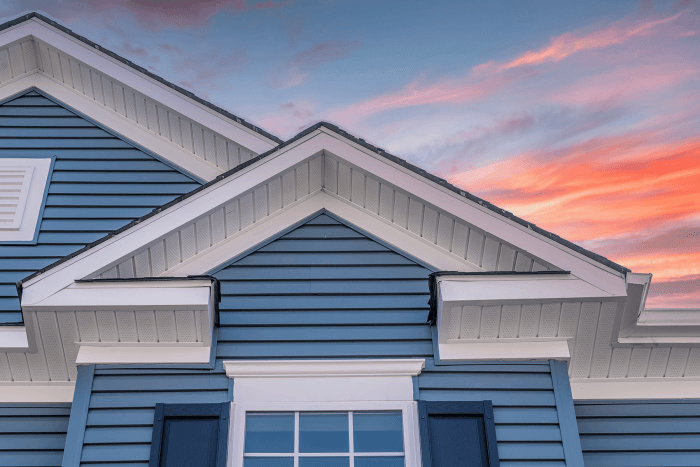
When it comes to hiring a siding contractor, there are several important steps to consider in order to ensure a successful project. From researching potential contractors to obtaining written estimates, each step plays a crucial role in finding the right professional for the job.
Steps Involved in Hiring a Siding Contractor
- Research potential contractors in your area, asking for recommendations from friends, family, or online reviews.
- Verify the contractor's credentials, such as licenses, insurance, and certifications, to ensure they are qualified for the job.
- Request references from past clients to get an idea of the contractor's work quality and reliability.
- Interview multiple contractors to discuss your project requirements, timeline, and budget.
- Obtain written estimates from each contractor, detailing the scope of work, materials used, and cost breakdown.
- Negotiate the terms of the contract, including payment schedule, project timeline, and warranties.
- Sign a written contract with the chosen contractor, outlining all project details and expectations.
Questions to Ask Potential Siding Contractors
- How long have you been in business, and can you provide references from past clients?
- Are you licensed, insured, and bonded to perform siding work in my area?
- What type of siding materials do you recommend for my home, and why?
- Can you provide a detailed estimate for the project, including labor and material costs?
- What is your project timeline, and how do you handle unexpected delays?
- Do you offer any warranties or guarantees on your workmanship?
Importance of Obtaining Written Estimates and Contracts
Obtaining written estimates and contracts from siding contractors is essential to protect both parties involved in the project. A written estimate provides a clear breakdown of the costs and scope of work, ensuring there are no misunderstandings or disputes later on.
Similarly, a written contract Artikels the project details, timeline, payment schedule, and warranties, providing a legal document that holds both the homeowner and contractor accountable throughout the project.
Siding Installation Process
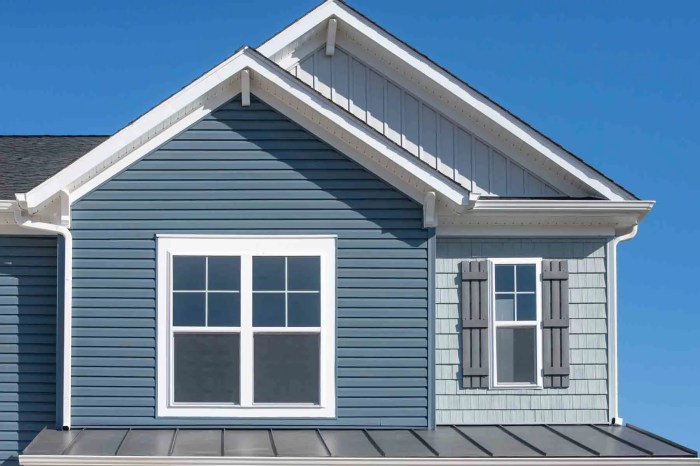
When it comes to the siding installation process, there are several key steps that are typically involved. Proper execution of these steps is crucial in ensuring a successful siding project.
Typical Steps in Siding Installation
- Preparation of the area: This involves clearing the work area, removing old siding if necessary, and ensuring the surface is clean and ready for installation.
- Measurement and cutting: Accurate measurements are taken to ensure the siding fits perfectly. The siding is then cut to the appropriate size.
- Installation of the siding: The siding panels are installed starting from the bottom and working upwards. Proper alignment and fastening is crucial for a seamless finish.
- Finishing touches: Trim pieces are added to corners and edges for a polished look. Sealing and caulking may also be done to ensure weatherproofing.
Challenges in Siding Installation and Solutions
- Uneven surfaces: If the surface is not even, it can lead to misalignment of siding panels. Proper preparation with leveling techniques can address this issue.
- Moisture damage: Moisture can cause rot and mold, affecting the integrity of the siding. Proper waterproofing and sealing can prevent moisture-related issues.
- Incorrect installation: Improper installation techniques can result in gaps, buckling, or other aesthetic issues. Hiring a professional siding contractor with experience can help avoid such problems.
Importance of Proper Preparation and Installation Techniques
Proper preparation and installation techniques are essential for a successful siding project. They ensure that the siding not only looks great but also functions effectively in protecting your home from the elements. Attention to detail in the installation process can make a significant difference in the longevity and performance of your siding.
Maintenance and Repairs
Maintaining and repairing your siding is essential to ensure its longevity and keep your home looking its best. Different types of siding require specific maintenance tasks to prevent damage and extend their lifespan. Understanding common issues that may arise and knowing how to find reliable contractors for repairs is crucial in keeping your siding in top condition.
Recommended Maintenance Tasks
- Regularly clean your siding to remove dirt, grime, and mildew buildup. Use a gentle soap and water solution or a pressure washer on a low setting.
- Inspect your siding for any signs of damage such as cracks, rot, or warping. Address any issues promptly to prevent further damage.
- Trim trees and bushes near your home to prevent branches from scratching or damaging your siding.
- Check for gaps or loose panels and secure them to prevent moisture from seeping behind the siding.
Common Issues Requiring Repairs
- Water damage: Severe weather conditions or improper installation can cause water damage, leading to rot or mold growth.
- Cracks and gaps: Over time, siding can develop cracks or gaps, allowing water to penetrate and cause further damage.
- Fading or discoloration: Exposure to sunlight and harsh elements can cause siding to fade or change color, requiring repairs or replacement.
Finding Reliable Contractors
- Ask for recommendations from friends, family, or neighbors who have had siding repairs done.
- Research online reviews and ratings of local siding contractors to ensure they have a good reputation.
- Obtain multiple quotes and compare prices, but prioritize quality workmanship and experience over cost.
- Verify that the contractor is licensed, insured, and provides a warranty for their work.
Closure
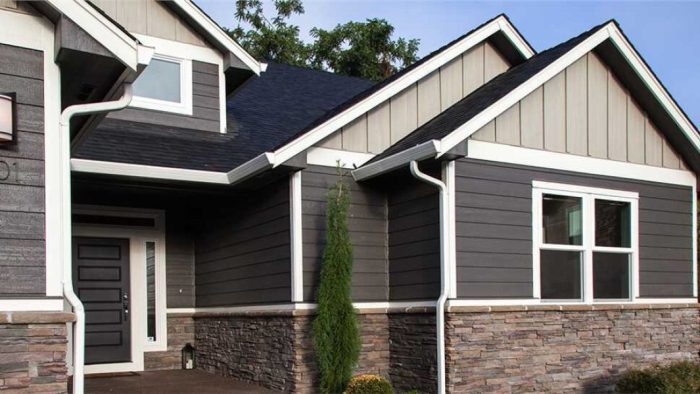
In conclusion, siding contractors near me play a crucial role in enhancing the aesthetic appeal and structural integrity of your home. By following the guidelines and tips discussed, you can confidently embark on your siding project, knowing that you are well-equipped to make informed decisions every step of the way.
FAQ Section
How do I find reputable siding contractors in my area?
Research online, ask for recommendations from friends or neighbors, and check for licensing and insurance credentials.
What are the common challenges during siding installation?
Issues like weather delays, improper measurements, and unforeseen structural problems can arise during the installation process.
How often should siding maintenance be performed?
Maintenance tasks like cleaning, inspecting for damage, and repainting (if necessary) should be done annually to ensure the longevity of your siding.
